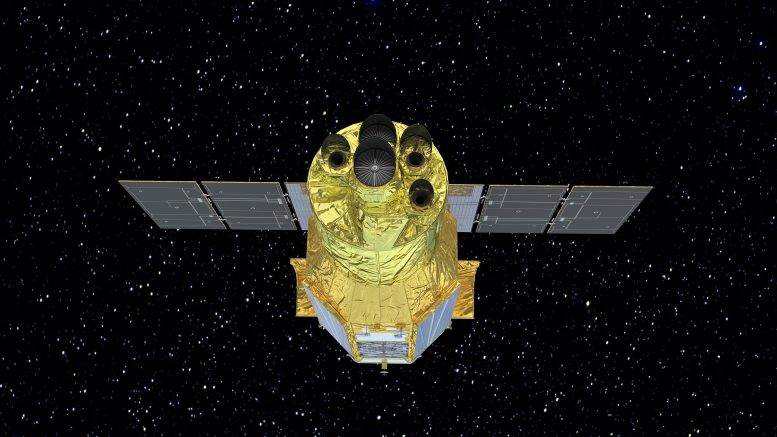
XRISM, shown in this artist’s concept, is an X-ray mission that will study some of the most energetic objects in the universe. Credit: NASA’s Goddard Space Flight Center Conceptual Image Lab
Japan’s XRISM observatory, launching on August 25, will provide deep insights into the universe’s extreme thermal places using ultra-cold instruments, revealing the brightness and chemical composition of cosmic X-ray sources.
Japan’s XRISM (X-ray Imaging and Spectroscopy Mission, pronounced “crism”) observatory, expected to launch on August 25 (August 26 Japan local time), will provide an unprecedented view into some of the hottest places in the universe. And it will do so using an instrument that’s actually colder than the frostiest cosmic location now known.
The Power of XRISM’s Resolve Instrument
“XRISM’s Resolve instrument will let us peer into the make-up of cosmic X-ray sources to a degree that hasn’t been possible before,” said Richard Kelley, NASA’s XRISM principal investigator at NASA’s Goddard Space Flight Center in Greenbelt, Maryland. “We anticipate many new insights about the hottest objects in the universe, which include exploding stars, black holes and galaxies powered by them, and clusters of galaxies.”
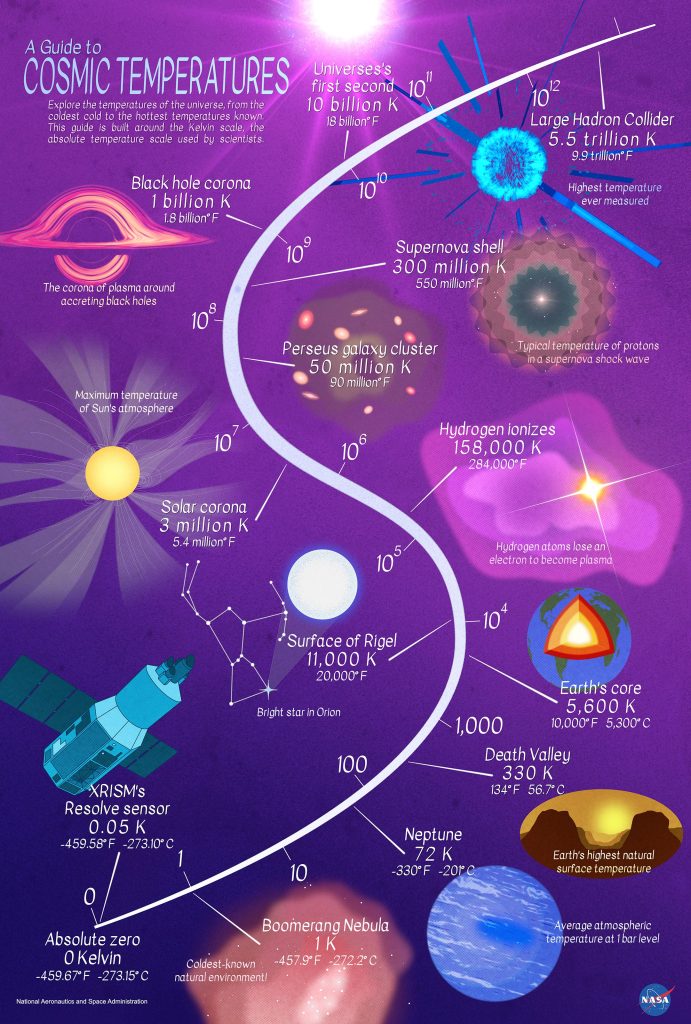
Explore the temperatures of the cosmos, from absolute zero to the hottest temperatures yet achieved, with this infographic. Targets for the XRISM mission include supernova remnants, binary systems with stellar-mass black holes, galaxies powered by supermassive black holes, and vast clusters of galaxies. Credit: NASA’s Goddard Space Flight Center/Scott Wiessinger
Measuring Cosmic Temperatures
A new NASA infographic (see above) illustrates the enormous range of cosmic temperatures. At the bottom of the scale is absolute zero Kelvin, or 459.67 degrees below zero Fahrenheit (minus 273.15 Celsius).
The detector for XRISM’s Resolve instrument is just a few hundredths of a degree warmer than this. It’s 20 times chillier than the Boomerang Nebula – the coldest-known natural environment – and about 50 times colder than the temperature of deep space, which is warmed only by the oldest light in the universe, the cosmic microwave background.
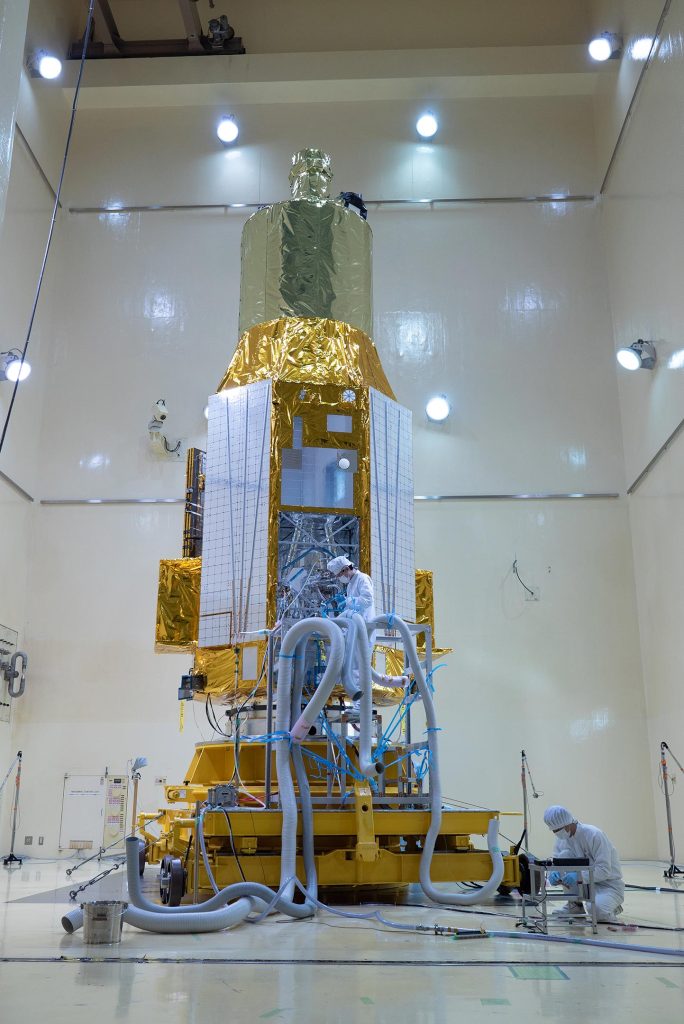
The XRISM spacecraft during acoustic testing at JAXA’s Tsukuba Space Center in December 2022. These and other tests confirm that the spacecraft can withstand the severe vibrations and sounds of its rocket launch. Credit: JAXA
Functionality and Collaboration
The Resolve instrument, which is a collaboration between NASA and JAXA (Japan Aerospace Exploration Agency), must be kept so cold because it works by measuring the tiny temperature increase created when X-rays strike its detector. This information builds up a picture of how bright the source is in various X-ray energies – the equivalent of colors of visible light – and allows astronomers to identify chemical elements by their unique X-ray fingerprints, called spectra.
“With current instruments, we’re only capable of seeing these fingerprints in a comparatively blurry way,” said Brian Williams, NASA’s XRISM project scientist at Goddard. “Resolve will effectively give X-ray astrophysics a spectrometer with a magnifying glass.”
Team members Lawrence Lozipone of Stinger Ghaffarian Technologies, Inc. and Yang Soong, a researcher at the University of Maryland, College Park, work with flight mirrors for the X-ray Imaging and Spectroscopy Mission (XRISM). Nested aluminum mirror segments – 1,624 of them for each X-ray Mirror Assembly – focus the incoming X-rays for the satellite’s science instruments. Credit: NASA’s Goddard Space Flight Center
Complementary Instruments
XRISM’s other instrument, called Xtend, developed by JAXA and Japanese universities, is an X-ray imager that will perform simultaneous observations with Resolve, providing complementary information. Both instruments rely on two identical X-ray Mirror Assemblies developed at Goddard. (See related video above.)
The XRISM mission is a joint endeavor involving JAXA and NASA, with contributions from the ESA (European Space Agency). Additionally, the Canadian Space Agency is collaborating in the scientific facets of NASA’s contribution.

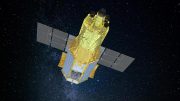

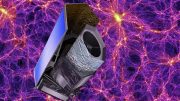





Be the first to comment on "XRISM’s Quest: Delving Deep Into the Universe’s Hottest Mysteries"